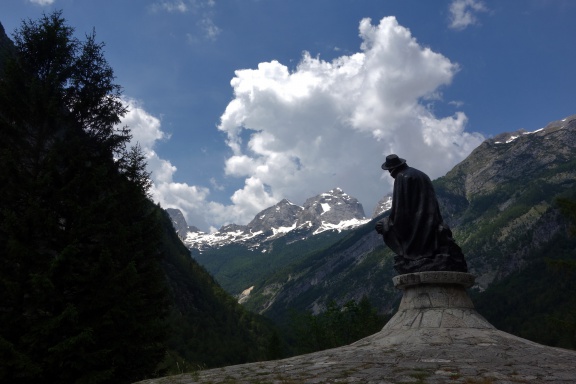Triglav National Park
Triglav National Park manages the Triglav National Park Public Institution, based in Bled, which operates under the Ministry of the Environment and Spatial Planning. The professional and common services of the TNP Authority permanently employ 24 people, while the Professional Ranger Service employs 20 people and another seven people work at the Trenta Lodge TNP Information Centre.
The principal task of the Triglav National Park Public Institution is the protection and conservation of the pristine nature of the park, but it also carries out specialist and research tasks. TNP has very diverse ecosystem
Triglav National Park Public Institution is responsible also for preserving the autochthonous cultural heritage as the basis for sustainable development. The cultural heritage of the park is very diverse and picturesque, because the park lies at the meeting point of various climates as well as various cultures, each of which have left a mark on the cultural heritage of the area. The Alpine cultural heritage connects Slovenes with the family of Alpine nations. In the past 4 major economy branches were prevailing in the region: iron foundries, charcoal-burning, forestry and Alpine dairy-farming that shaped also the customs of people living there. Today agriculture with pastoral economy, crafts (wood and wool products) and tourism are major economical activities in the park, with some 2.400 inhabitants and 1.6 million visitors per year.
The register of immovable cultural heritage with the Ministry of Culture of RS contains 300 units within the area of the Triglav National Park; secular architectural heritage prevails (approximately one third of all registered units), followed by memorial heritage (almost 25 per cent), settlement heritage (approximately 17 per cent), religious architectural heritage (just over 14 per cent) and archaeological heritage (almost 7 per cent).
A number of museums are located within the borders of the Triglav National Park, including the Upper Sava Valley Museum, Jesenice, the Kobarid Museum, Oplen House, the Museum of Alpine Dairy Farming, Stara Fužina and the Tolmin Museum. The Park authority also directly manages the following museum institutions:
See also
- Pocar Homestead, Mojstrana
- Trenta Lodge TNP Information Centre and Museum
- Triglav Rose Information Centre TNP Bled




